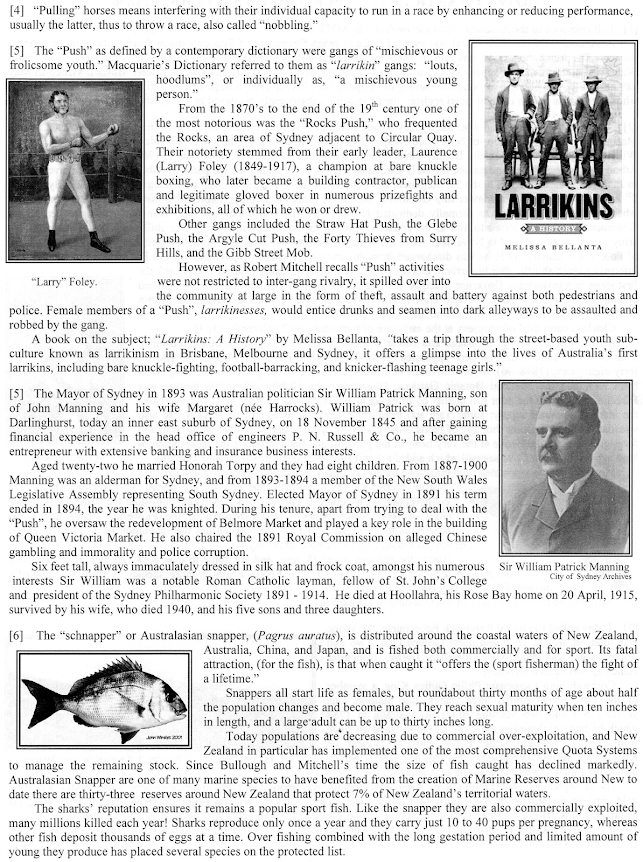AUSTRALIA
TO SOUTH AFRICA
Sydney
to Cape Town
GEORGE BULLOUGH -
WORLD TOUR 1892-1895
Article 21 of 28 * Published in
the Accrington Gazette on the 10th of October 1896
Time of visit: July/August 1893
Written from
first-hand research by George W. Randall, co-founder in July 1996 and former Vice Chairman Kinloch Castle Friends' Association and illustrated with images from
the twenty volume photographic record in the library at Kinloch Castle.
<>*<>*<>*<>*<>*<>*<>*<>*<>*<>*<>*<> © <>*<>*<>*<>*<>*<>*<>*<>*<>*<>*<>*<>
Article twenty-one continues the description of the 1892-1895 world tour made by
George Bullough, (later Sir George, Baronet, Kinloch Castle, Isle of Rum, Scotland)
and his companion, Robert Mitchell, recalled in a series of twenty-eight articles by Mitchell published in the local Lancashire newspaper the Accrington Gazette in 1896.
and his companion, Robert Mitchell, recalled in a series of twenty-eight articles by Mitchell published in the local Lancashire newspaper the Accrington Gazette in 1896.
 |
CAPE TOWN
Album VIII * Image 2 * Size 8 x 6 inches
Original photographer unknown. Image numbered: 211
George W. Randall Research and Photographic Archive
|
| >< >< >< >< >< >< >< >< >< >< >< >< >< >< >< >< >< >< >< >< >< >< >< >< |
| >< >< >< >< >< >< >< >< >< >< >< >< >< >< >< >< >< >< >< >< >< >< >< >< |
| >< >< >< >< >< >< >< >< >< >< >< >< >< >< >< >< >< >< >< >< >< >< >< >< |
 | |
From a series of over twenty woodcut prints, four to each page,
depicting Bullough and Mitchell's time in Southern Africa in 1893. |
| >< >< >< >< >< >< >< >< >< >< >< >< >< >< >< >< >< >< >< >< >< >< >< >< |
<> >< <> >< <> >< <> * <> >< <> >< <> >< <>
 | |
From a series of over twenty woodcut prints, four to each page,
depicting Bullough and Mitchell's time in Southern Africa in 1893.
The sign at the end of the track reads:
“STERN TANNING COMPANY'S BOOTS & SHOES”
|
>< <> >< <><> >< <> >< <> >< <> * >< <> >< <><> >< <> >< <> >< <>
 | |
TOWN HALL & WESLEYAN CHURCH - CAPE TOWN Album VII * Page 20 * Woodcut 3½ x 2 inches
From a series of over twenty woodcut prints, four to each page,
depicting Bullough and Mitchell's time in Southern Africa in 1893. |
>< <> >< <><> >< <> >< <> >< <> * >< <> >< <><> >< <> >< <> >< <>
Bullough and
Mitchell's visit to South Africa continues in Article 22 -
Delagoa
Bay, Port Elizabeth, Isandlwana and Rorke's Drift ... ...
END
OF ARTICLE 21 AS PUBLISHED IN THE
ACCRINGTON
GAZETTE ON THE 10th OF OCTOBER 1896
GEORGE
W. RANDALL RESEARCH AND PHOTOGRAPHIC ARCHIVE
POSTED MONDAY 30 APRIL 2018 * REVIEWED AND UPDATED 17 OCTOBER 2022




















































